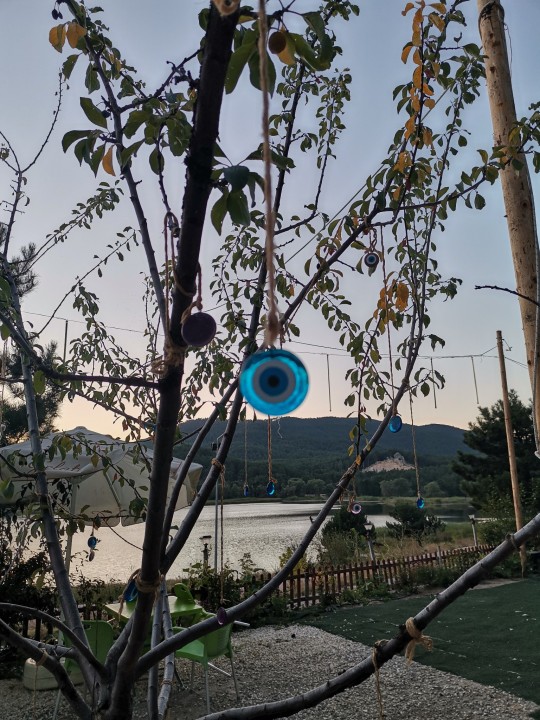#1810
Text
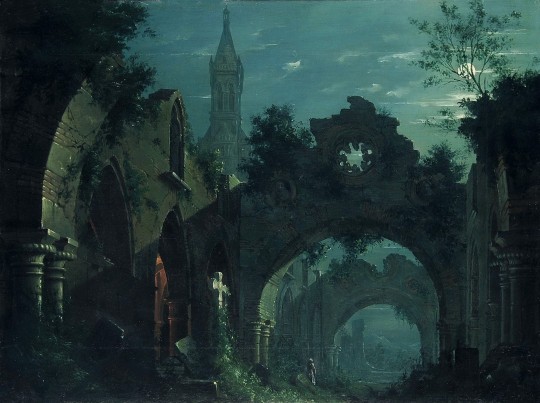
#art#painting#oil on panel#architecture#gothic#nocturne#night#moon#full moon#moonlit#church#cathedral#ruins#atmospheric#perspective#1810#antonio basoli
1K notes
·
View notes
Photo
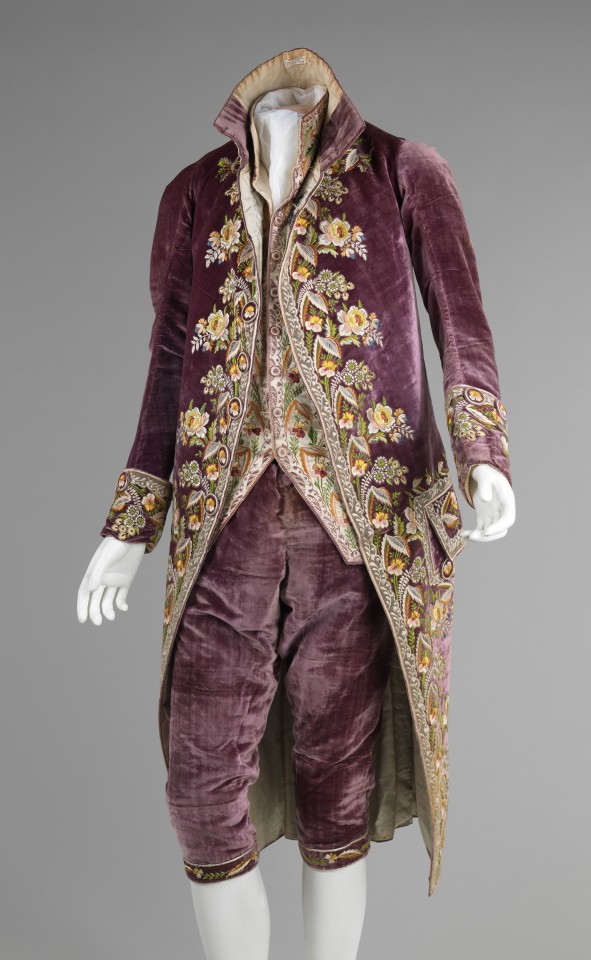
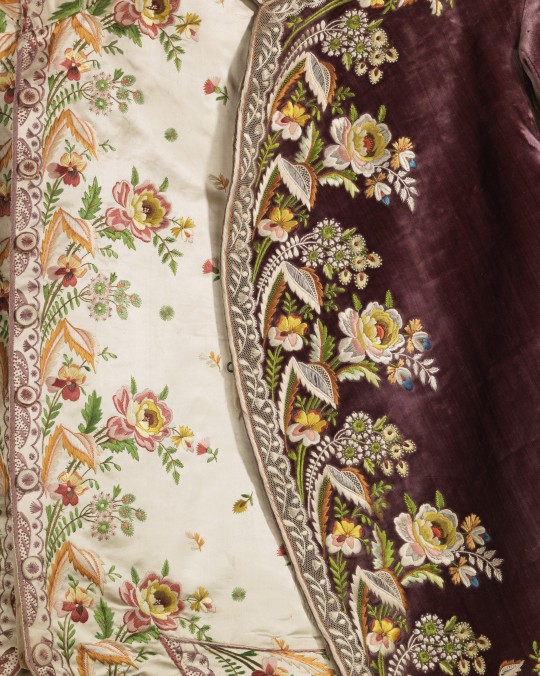
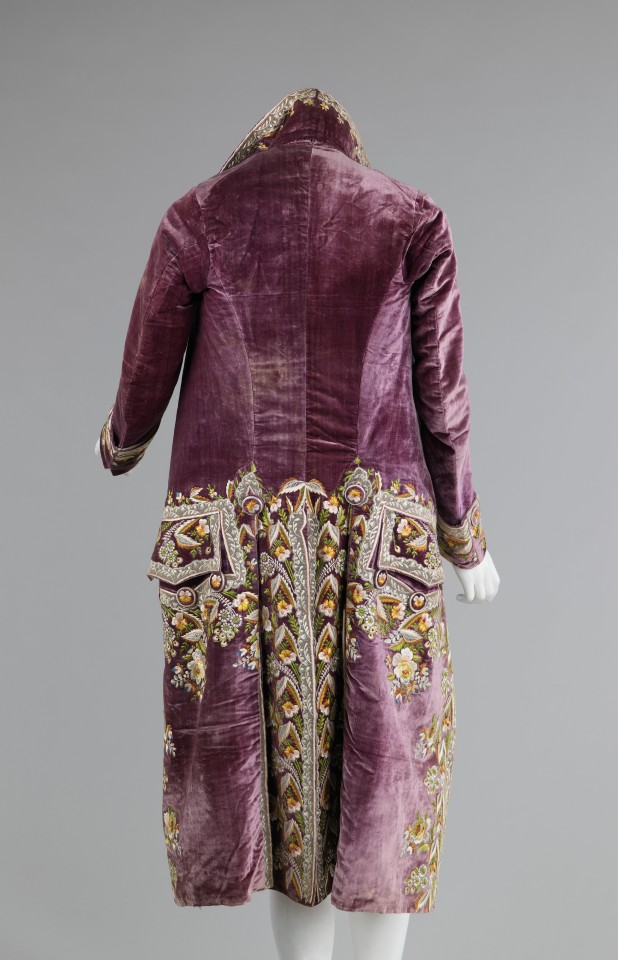
Court Suit
c.1810
France
This three piece suit is exemplary of skilled French embroidery and the silhouette of men's court wear during the time of Napoleon Bonaparte (1769-1821). Bonaparte revived the importance of court traditions when he crowned himself Emperor in 1804. This revival necessitated the recreation of acceptable court dress, which had been defunct since the elaborate and costly court of Louis XVI (1754-1793) prior to the French Revolution. The intricate embroidery pattern is intriguingly mimicked between the waistcoat and coat, reinforcing its status as a full suit. (The MET)
The MET (Accession Number: 2009.300.1001a–c)
#court suit#menswear#mens fashion#1810s#empire#19th century#purple#floral#embroidery#france#first empire#napoleon#1810#silk#the met#popular
2K notes
·
View notes
Text

Embroidered muslin dress, France, 1805-10
From the Victoria & Albert Museum
#regency#dress#muslin#embroidery#french#1805#1810#1810s#1800s#19th century#fashion#fashion history#history
216 notes
·
View notes
Text

Pauline Auzou: Arrival of Archduchess Marie-Louise in Compiègne, 1810 (detail)
#Pauline Auzou#auzou#Marie-Louise#1810#French#art#French art#napoleonic era#empire style#19th century#19th century art#pretty#neoclassical art#french empire#neoclassical#neoclassicism#empire#1800s#first french empire#napoleon#dresses#dress#women’s art#female artist#women artists#fashion#historical painting#history#flowers
857 notes
·
View notes
Text

Diameters. of elastic atoms. A New System of Chemical Philosophy. 1810.
Science History Library
322 notes
·
View notes
Text

White muslin day dress, ca. 1810, Italian.
Uffizi Gallery.
#uffizi gallery#womenswear#extant garments#dress#cotton#19th century#Italy#1810#1810s#1810s dress#1810s Italy#1810s extant garment#muslin
61 notes
·
View notes
Text
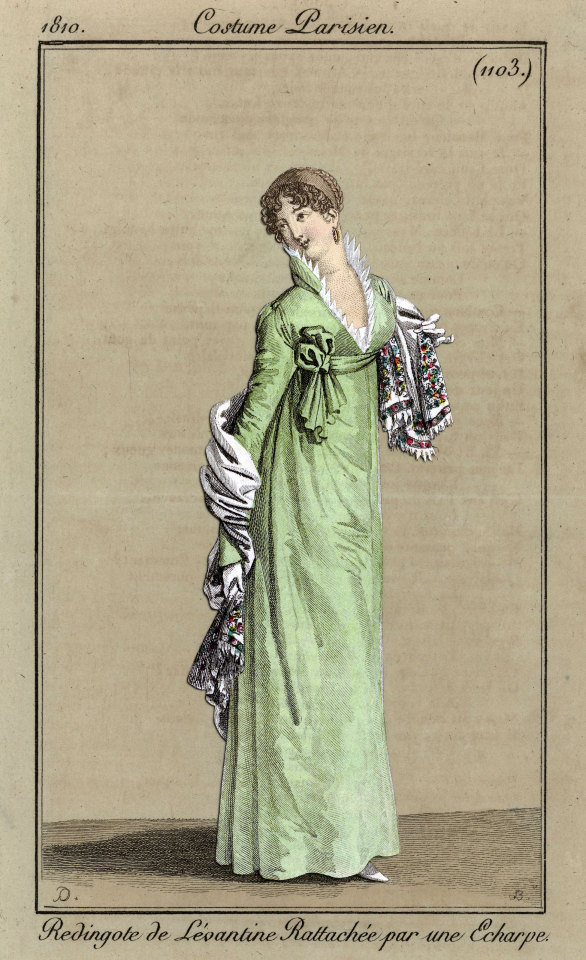
Journal des Dames et des Modes, Costume Parisien, 20 novembre 1810, (1103): Redingote de Lévantin Rattachée par une Echarpe. Collection of the Rijksmuseum, Netherlands
Standing woman dressed in a 'redingote de Lévantine', fastened with a scarf (belt) of the same material. Stand-up serrated collar. Scarf, with fringes at the ends. Further accessories: earring in the left ear, pointed toe shoe. The print is part of the fashion magazine Journal des Dames et des Modes, published by Pierre de la Mésangère, Paris, 1797-1839.
#Journal des Dames et des Modes#19th century#1810s#1810#on this day#November 20#periodical#fashion#fashion plate#color#description#rijksmuseum#dress#redingote#collar#Mésangère
71 notes
·
View notes
Text

French States Dinghy built in Antwerp in 21 days for Napoleon I in 1810, who had announced his intention to visit the mouths of the Scheldt and Antwerp's defense works. The Emperor only used this vessel once, on this occasion. It was over 18 meters long: the aft third was dominated by a spacious deckhouse designed to accommodate VIPs, while the oarsmen took up the rest of the space.
It was then transported to Brest and used a second time by Napoleon III in August 1858, when he visited the arsenal, and again in 1903, when the President of the Republic visited. In November 1922, it was launched again for the Minister of the Navy, Raiberti, on the occasion of the "Triumph of the Naval School".
Finally, in 1943, it was transported to the Palais de Chaillot in Paris.
66 notes
·
View notes
Text
Two letters from Caroline Murat from February 1810: one to her daughter Letitia, and a long one to her husband, as she prepares for Napoleon's upcoming wedding.
Excerpt:
It is in your interest, and that of our children, that you not alienate yourself from the Emperor’s heart, show him that only the fear that he would not be happy in this alliance could alone have induced you to have an opinion other than his own, but that since he finds his happiness there, your own is in conforming to his will and submitting to his desires. Surrender yourself thus to his orders. Believe me, to have at this moment another sentiment would signify only an unwarranted stubbornness. By your not coming to the wedding, your enemies might suspect that you only acted for your own interests, and suggest that to the Emperor. Besides, the Russian is too ugly and too young, and the Emperor is delighted to marry the Austrian, of whom the greatest good is generally said.
#Caroline Murat#Caroline Bonaparte#Napoleon#Napoleon Bonaparte#Joachim Murat#Letitia Murat#letters#1810#translations
20 notes
·
View notes
Text
Letter from Marie Louise to her father
Written shortly after the "handover" ceremony in Sankt Peter close to Braunau. For this ceremony, a wooden building, divided into three parts (French - neutral - Austrian), had been constructed, usually referred to as the "three pavillions" or "three barracks". The leaders of the two delegations, Berthier and Trautmannsdorf, both signed the contract before the bride was handed over to the buyer bridegroom's delegation.
Dearest Papa!
Forgive me for not immediately writing to you yesterday, as I should have done, but the journey, which was a little tiring and long, prevented me from doing so. Through Prince Trautmansdorf I have found another opportunity to write to you once more sincerely, and I am happy to seize it to assure you that I am constantly thinking of you and always will.
"Sincerely" here probably means "without measuring my words because I'm being spied upon by my new entourage".
God has given me the strength to endure happily even the last painful blow, the separation from all my loved ones, in Him alone I have all my trust, He will help me and give me courage, and I will find my reassurance in the consolation of having done my duty to you by making this sacrifice.
Yesterday I arrived in Ried very late, still preoccupied with the thought that I might be separated from you forever. Today I arrived at two o'clock in the French camp in the barracks at Braunau, after staying in the Austrian barrack for some time, I moved to a throne in the neutral barracks, after the papers had been read, all my people kissed my hand, at that moment I really didn't know what I was doing, a cold shiver overcame me and I became so upset that the Prince of Neufchatel began to cry.
Which must have been a sight to behold: Berthier crying tears of emotion while his new empress starts to panic and desperately looks around for the emergency exit.
Prince Trautmansdorf handed me over to him [...]
... and a kleenex, too ...
[...] and my entire court was presented to me, oh God, what a difference between the French and Viennese ladies! --- The Queen of Naples came to meet me in the other room, I embraced her, and showed myself remarkably friendly towards her, but I do not quite trust her, I believe that it was not zeal for service alone that was the cause of her journey.
That's a very interesting first assessment of Caroline Murat. Marie Louise may have been less naive than she made herself out to be.
She travelled with me to Braunau, and here I had to hold a two-hour toilette, I assure you that I am already as perfumed as all the other French women.
Apparently, the difference mentioned above was largely attributable to odour.
The Emperor Napoleon has sent me a splendid golden robe, but he has not yet written to me - if I had to leave you, I would much rather be with him than travelling with all those ladies.
That's one thing that will remain true for a large part, I believe. With the one exception of the duchess de Montebello, she did not really appreciate the ladies of the French court (and Louise Lannes she apparently appreciated to some extent because she was not much suited for life at court).
Oh God, how I regret not being able to still spend the happy days with you, only now am I learning to appreciate them. I assure you, dearest Papa, that I am very sad and cannot yet console myself. I hope your catarrh will be completely over; I include you in my prayers every day. Forgive my poor scribbling, but I have so few moments to myself, I will kiss your hands a thousand more times and have the honour of being
Dearest Papa!
Your most submissive and obedient daughter Louise
Braunau 16th March 1810
(Source: Helfert "Maria Louise, Erzherzogin von Österreich, Kaiserin der Franzosen", Wien 1873)
13 notes
·
View notes
Text

Pastille Burner
Meissen Porcelain Manufactory (German)
c.1810
Indianapolis Museum of Art (Accession Number: 80.9A-C)
#pastille burner#furnishings#fashion history#art history#1810s#1810#empire era#19th century#enamel#porcelain#germany#meissen porcelain manufactory#blue#white#gold#indianapolis museum of art#think of a pastille burner as like ye olde wax melt burner
299 notes
·
View notes
Text

White muslin gown with white embroidery, English, 1805-10
From the Victoria & Albert Museum
#fashion#fashion history#history#dress#gown#muslin#embroidery#1805#1810#1800s#1810s#19th century#regency#georgian
75 notes
·
View notes
Text
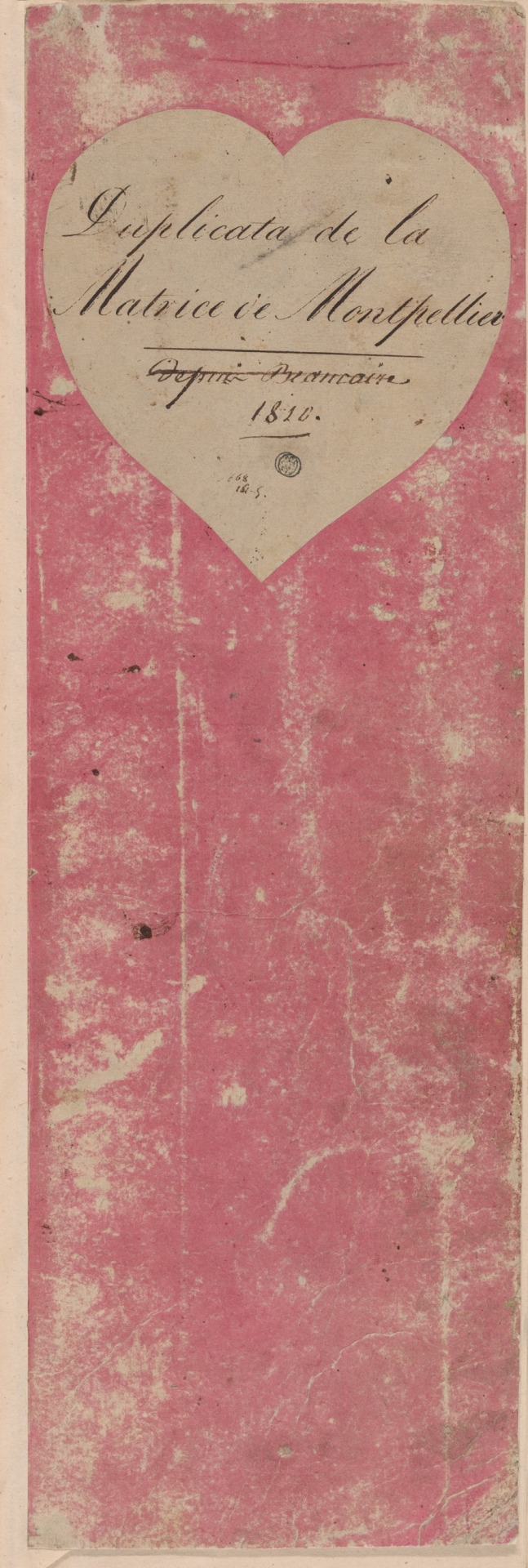
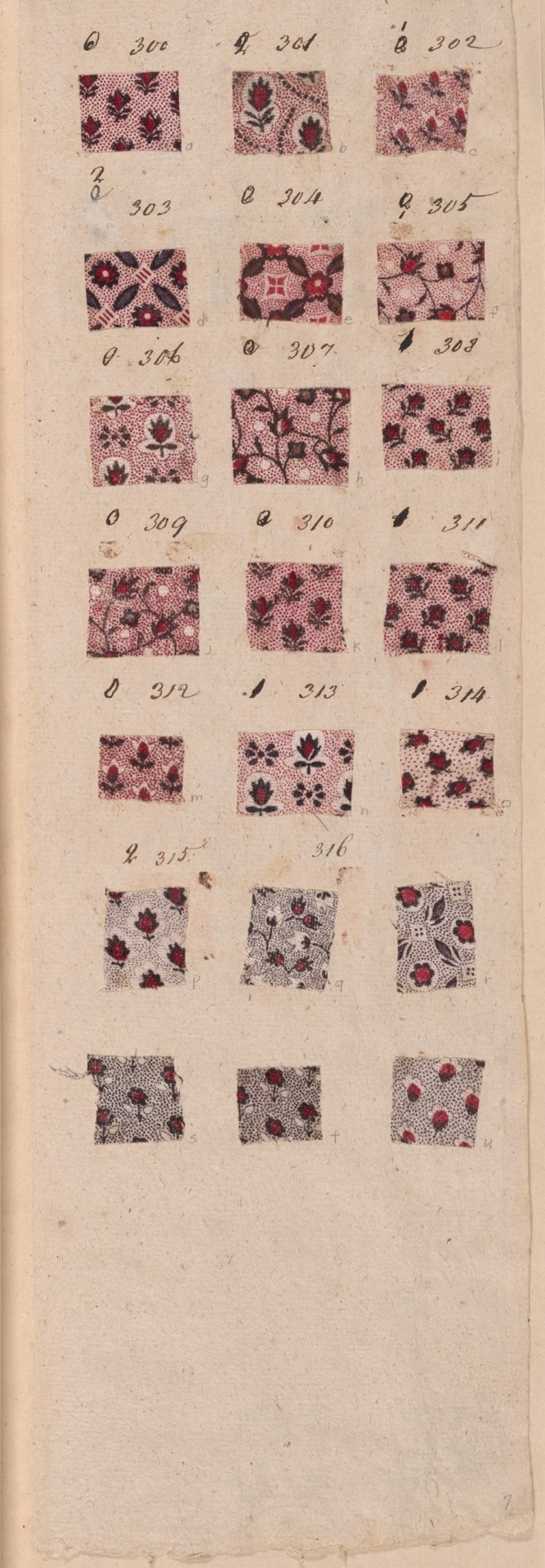





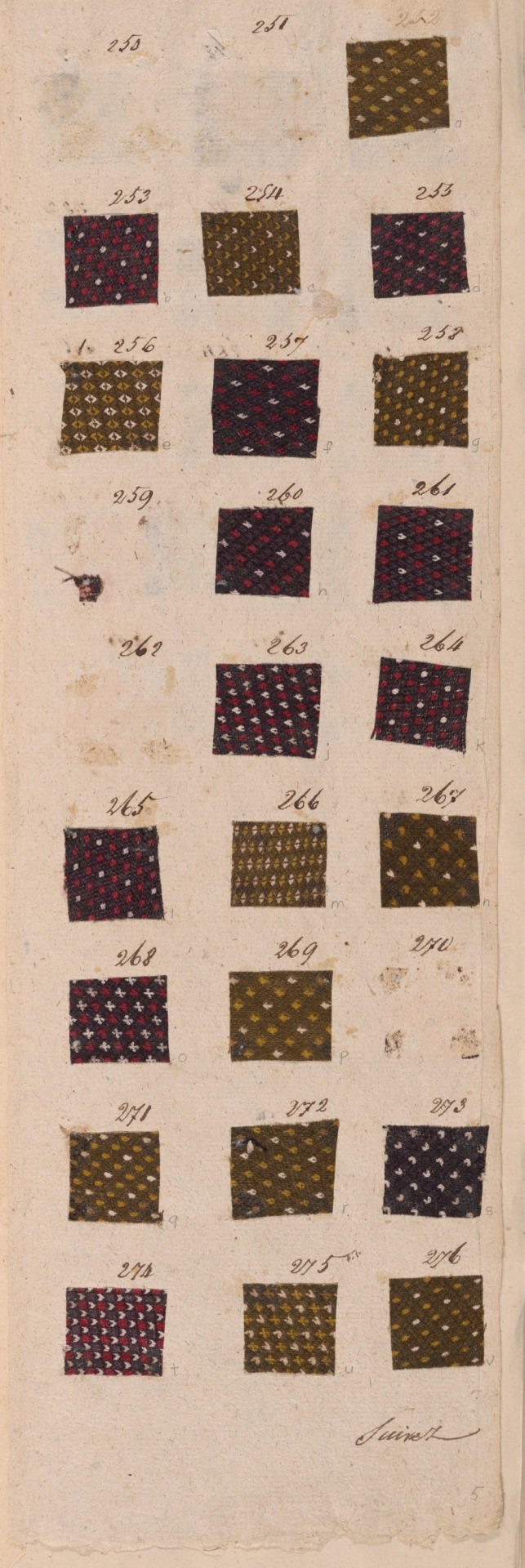

Copy of the Goods of Montpellier
France, c. 1810
Napoleonic era
This book illustrates the huge variety of intricate patterns printed in vivid colors on cotton textiles for fashion during the early 19th century. The book comes from Montpellier, a town on the southern coast of France that is not known today as a center of textile printing. Thus these samples indicate how much more widespread the textile industry was in Europe during the Industrial Revolution. This book contains more than 2,300 small samples.
Source: Art Institute of Chicago
#textiles#colors#farbric#Montpellier#book#napoleonic era#napoleonic#19th century#1800s#1810#cotton#textile#fashion#style#pretty#empire period#empire style#first french empire#french empire#french#art#France#fabric#french art#empire#napoleon#19th century art#history#women#pattern
486 notes
·
View notes
Photo
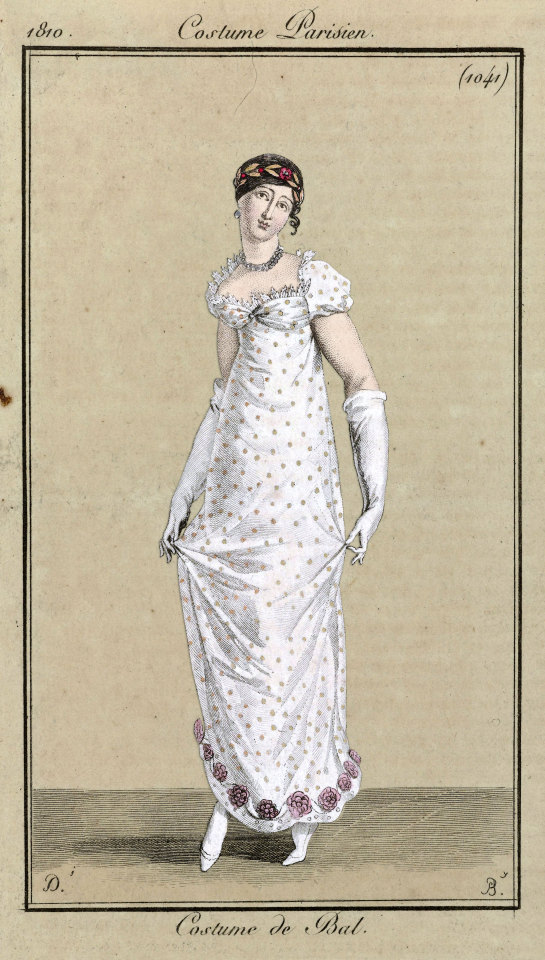
Journal des Dames et des Modes, Costume Parisien, 25 février 1810, (1041): Costume de Bal. Collection of the Rijksmuseum, Netherlands
Dancing woman dressed in a costume for a ball. She wears a polka dot ballgown, decorated with flowers at the hem. Short puff sleeves and stand-up collar. Accessories: diadem, earring in the right ear, necklace, long gloves, flat shoes. The print is part of the fashion magazine Journal des Dames et des Modes, published by Pierre de la Mésangère, Paris, 1797-1839.
#Journal des Dames et des Modes#19th century#1800s#1810s#1810#periodical#fashion#fashion plate#retouch#color#description#rijksmuseum#dress#costume#ball#gown#Mésangère#polka dots#diadem
188 notes
·
View notes
Text

HMS Britannia being towed off the coast of Candia, Crete, by Nicholas Pocock, 1810
61 notes
·
View notes
